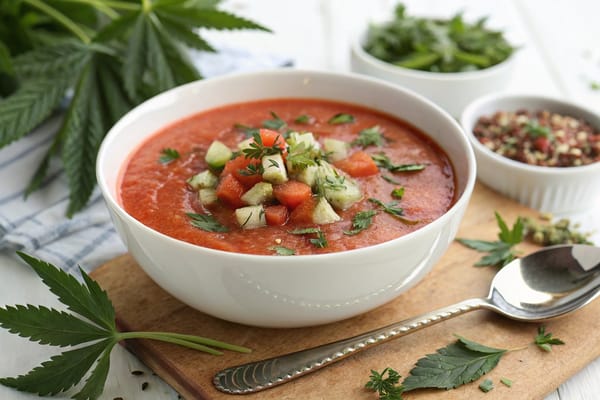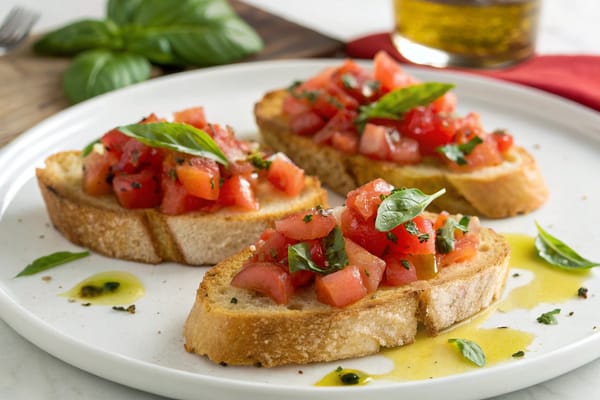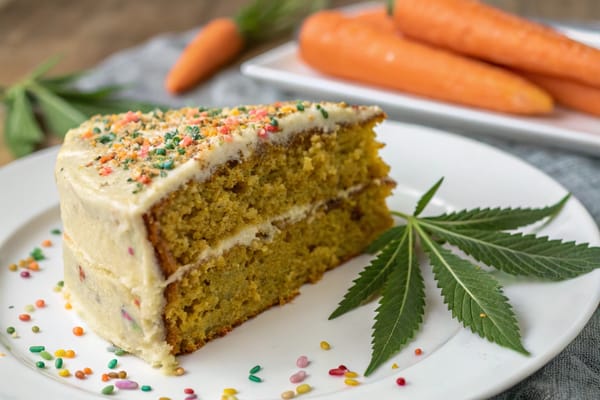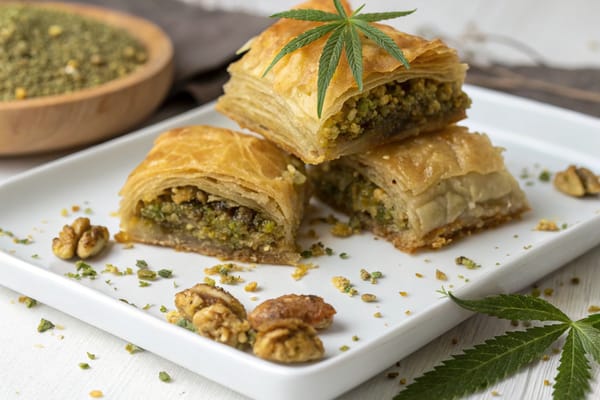Mango and Cannabis: a powerful combination?
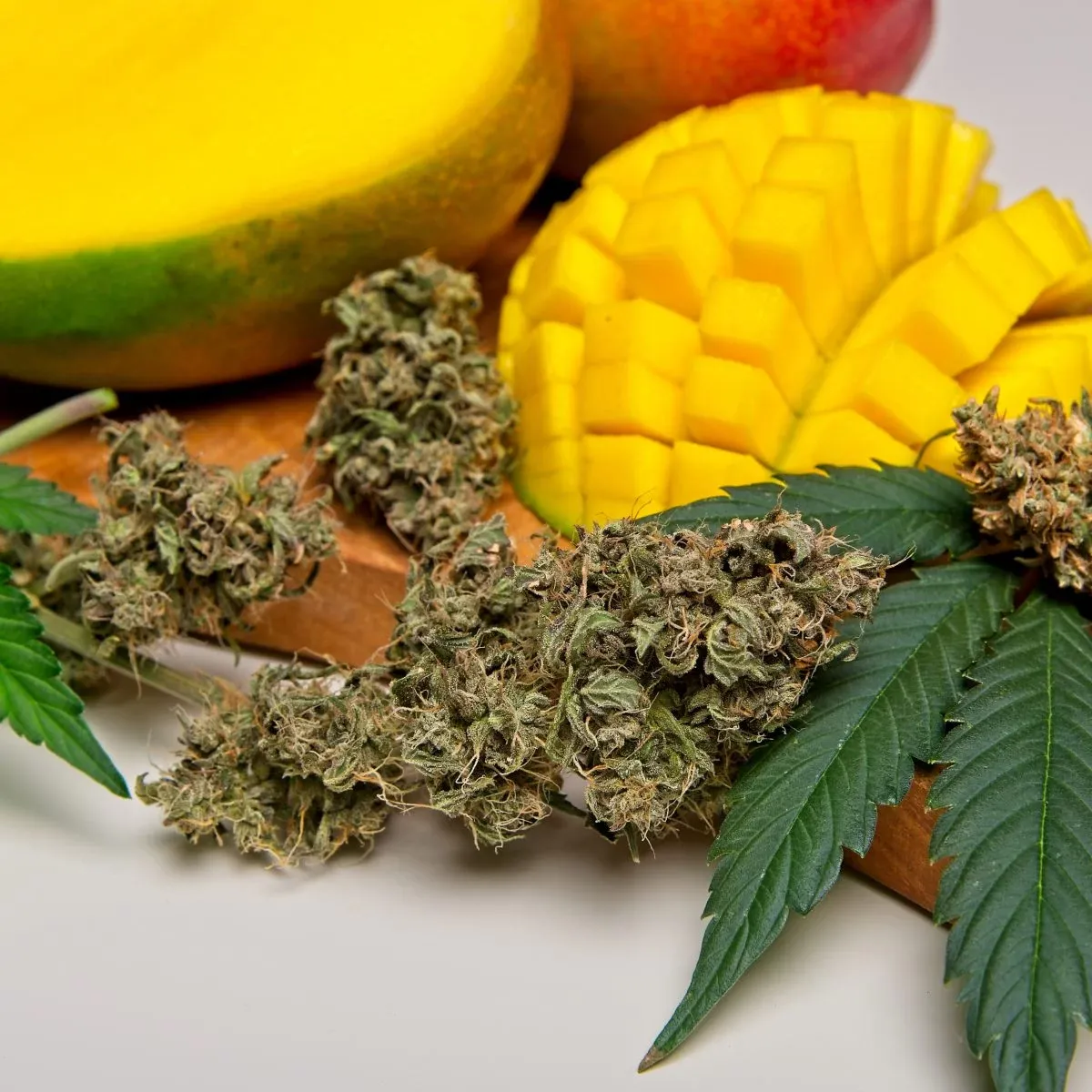
Mangoes, how could such an innocent fruit be linked to the effects of cannabidiol? Well it turns out that yes, some sources (and tasters), suggest that mangoes contain a compound that intensifies the effects of THC. At High Diners we want to explain a bit about this, so stick around and let's see how it works!
What is in the Mango?

It turns out that mango, as well as Lavender, have chemicals (more specifically, terpenes) that enhance both the effects and flavors of cannabinoids. In the case of mango, their compounds help intensify and prolong the euphoric and “high” sensation you feel after taking a “hit”.
Of course, the process is a little more complex than it seems, since for this you will need to have eaten a mango about 30-40 minutes before smoking or consuming Cannabis. This will allow the THC to be absorbed more easily and quickly into the body, and at the same time prolong the effect of the THC, some people even claim that it has greater intensity. They even claim that the combination also creates a sedative sensation.
What are these compounds present in mango?
Well, as we already told you, this chemical substance is called terpene, and they are responsible for providing different aroma notes to plants, fruits or vegetables. Terpenes are also responsible for producing a myriad of effects in the human body and brain. In fact, they are the active ingredients in essential oils, which is what aromatherapy is based on.

So every time you pick up a mango, smell it and want to take a bite of it because of its delicious smell, it is a reaction to the terpene that is most present in mangoes: myrcene. Myrcene is classified as a monoterpene, which are isoprene dimers, myrcene being one of the most important.
Blood-brain barrier (BBB) and Myrcene
The reason why mangoes help increase the effects of cannabis is because mangoes have a high concentration of myrcene. This is probably responsible for increasing the permeability of the hermatoencephalic barrier (BBB), which functions as a protective mechanism of the brain. This barrier is responsible for limiting the amount of toxic substances and foreign materials that can access the brain. In other words, it is a filter to prevent external agents from reaching the brain. When myrcene increases the permeability of the BBB, it allows THC to reach the brain faster and easier, which makes the effect longer (and longer lasting!).
However, we would like to mention that no concrete scientific data have been published so far to support this theory. So while myrcene is responsible for how the body and brain process THC, the BBB may not be the real determining factor.
What does Mango myrcene actually do?
Even now, scientific research on terpenes continues to grow and many aspects of these compounds continue to be revealed. However, with respect to myrcene and what it does, there are three main hypotheses at present, the following:
-Ethan Russo presented in his “Handbookof Cannabis” the case of an anonymous subject who described that THC mixed with myrcene produced stronger effects than without. It seems to be a common theme in scientific research that myrcene produces medically similar sedative effects. However, these were studies conducted in mice, so it is still in doubt whether the effect is replicated in humans.
-Another study showed that in mice, myrcene produced anticonvulsant effects, supporting the sedative properties of this terpene. This 2011 study may also offer an explanation for how myrcene could increase the THC high.
-Finally, one of the latest suggestions explaining this effect is that myrcene is a positive allosteric modulator of human cannabinoid (CB) receptors.
Now, is this then a real effect or just placebo effect?

It is a fact that mangoes are full of myrcene, and that it interacts with THC. According to the company Steep Hill Labs, it states the following:
Myrcene is known to be anti-tumor, anti-inflammatory and used in the treatment of spasms. It is also used to treat insomnia, and pain. In addition, it has some very special properties, such as reducing resistance across the blood-brain barrier, which allows it and many other chemicals to pass through the barrier more easily and quickly. In the case of cannabinoids, such as THC, it allows them to take effect more quickly. More uniquely, myrcene has been shown to increase the maximum saturation level of the CB1 receptor, allowing for a greater maximum psychoactive effect. For most people, consumption of a fresh mango, 45 minutes prior to inhaling cannabis, will result in a faster onset of psychoactive activity and greater intensity.
In short, yes. Due to its terpenes, eating mango produces an increase in the effect and duration of cannabis. Myrcene is a component present in high concentrations in mango that acts synergistically with the THC in Cannabis.
Now, to finish we will talk a little bit about Myths and Facts about this subject.
Myth: There is no point in consuming mango juice powder or mango flavored nectar juices.
Fact: The only way to get the effect of myrcene is through 100% mango juice, or by consuming the mango directly. The juicier and fattier the mango, the more myrcene it contains inside.
Myth: Eating a mango will leave you stoned out of your mind after consuming it along with THC.
Fact: Eating a mango increases the effect and duration of the THC in Cannabis, however you will not lose consciousness, since it only increases the effects between 15% and 30%, without harming your health.
Myth: Consuming THC immediately after eating mango will cause the effect.
Fact: You must consume the mango about 30 minutes before consuming the THC for it to really take effect.
Myth: Smoking and eating mango will cause other effects to my body.
Fact: Eating a mango is by far the healthiest option for the body in general, because it is a fruit, and can even help you avoid snacking.

Now that we've filled you in with everything you need to know about mango and its effects when it comes to being on top, use it in a delicious and responsible way!


